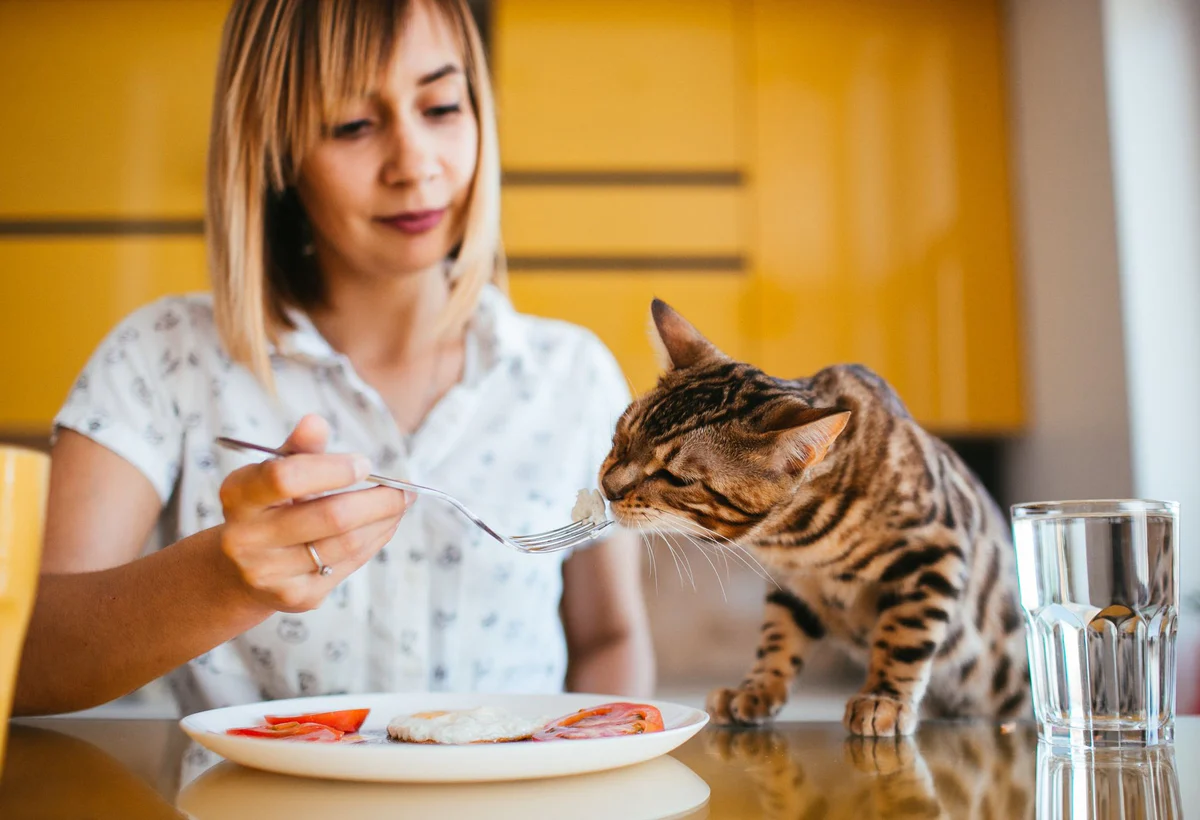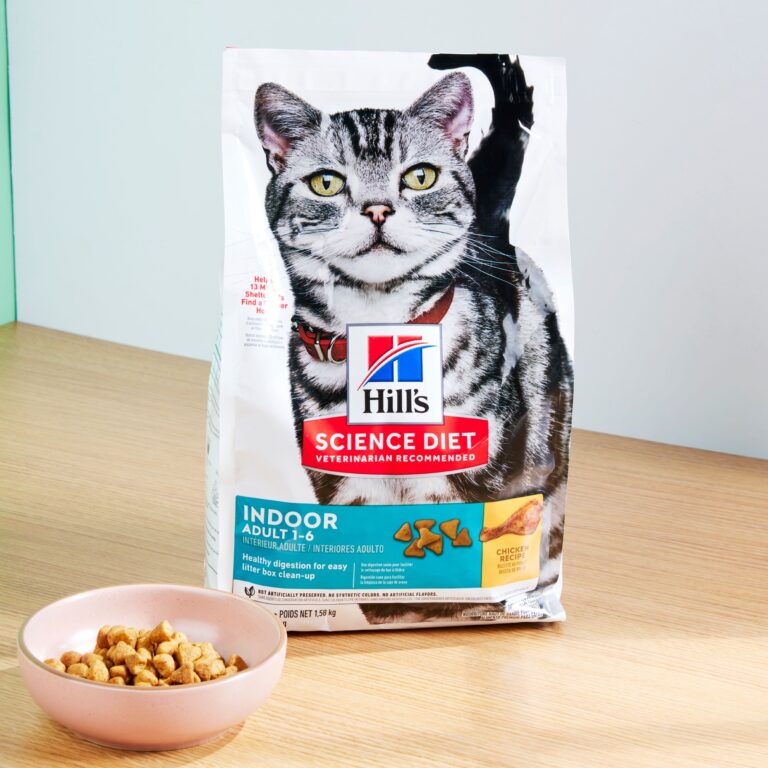The Purrfect Pan: A Healthy Diet for your Feline Friend
All cat owners know that their furry friends deserve only the best. A healthy diet is crucial to ensuring cats live happy and vibrant lives. How do you decide what will nourish your cat best? Each stage of life has its own dietary requirements, which can be overwhelming. From kittens who are playful to senior cats with wisdom, there is a wide range of dietary needs. You need not worry! Let’s dive into everything nutrition related for your furry pals. Discover the perfect plate for your pet on this journey!
How to Create a Healthy Feline Diet
It’s not just about filling your cat’s bowl. You need to provide balanced nutrition that is tailored to your cat’s needs. Cats are carnivores by nature, meaning they need animal proteins to thrive. Understanding this is a great way to ensure your cat friend receives all the nutrition necessary for optimal health.
Die right diet will boost their energy and promote a healthy coat. You can keep your cat happy by paying attention to the ingredients you use and how you feed them.
The following is a brief introduction to the topic:
A healthy diet is vital for the overall health of cats. Like humans, cats need the right balance to maintain a healthy lifestyle and thrive. Understanding your cat’s nutritional needs will help them live a happy, healthy life.
It can be difficult to select the right food for your pet. There are so many choices available. This guide will walk you through the feeding guidelines, nutritional requirements and tips for a balanced cat diet.
Feeding Guidelines for Different Life Stages
At different life stages, cats have different nutritional requirements. Kittens need more calories and protein for growth while adult cats require a balanced diet in order to maintain good health. You must choose food that is appropriate for their age.
Senior cats face unique challenges, such as a decreased metabolism or dental problems. You may want to consider softer food or diets that are lower in calories, but higher in fibre. Consult your veterinarian to determine the right feeding schedule for your cat based on its health and specific needs.
Feeding Kittens
Kittens need a diet that is rich in nutrients, to support rapid growth and development. They need high-quality proteins, fats and vitamins at this stage. Choose a kitten food that is specially formulated to meet their dietary requirements. You must choose between wet and dry food based on the preference of your kitten.
It is best to feed them small meals all day long. This helps to maintain energy levels, and encourages a healthy digestive system. Fresh water should always be available, as hydration is vital to their health.
Feeding adult cats
To ensure that adult cats remain healthy and active, you must feed them in a balanced way. Your feline friend will need to be fed high-quality cat foods twice daily that meet their nutritional requirements. Choose cat food formulated for adult cats.
At this stage, protein is essential for maintaining muscle mass and energy levels. Also, moderate fat levels will help to keep the skin and coat healthy. To encourage proper hydration, always provide fresh water with meals.
Senior Cats and their Feed
Cats’ nutritional requirements change as they age. Senior cats need a diet that is lower in calories, but high in nutrients essential to their health. You should look for food that is specifically designed for older cats, with easily digestible protein and joint support.
Senior cats may also need to be hydrated as they might not drink as much water. You can add wet food to their diets to keep them hydrated and provide the nutrients they need for optimal health.
Understanding Cat Nutrition
Understanding cat nutrition will help you maintain your feline’s health. The cats are obligate meat eaters and need a diet rich in animal protein to thrive. Their bodies are not able to convert carbohydrates into energy as efficiently as humans.
Fats are also important in their diet. They provide essential fatty acid and help with vitamin absorption. The best growth and development is achieved by a balanced diet of proteins, fats and carbs. Read labels to make sure your cat is getting the nutrition it needs.
Needed Nutrients
For optimal health, cats require a balance of nutrients. Protein is vital for cats, as it provides energy and helps to build muscle. To ensure that they get the amino acids needed to thrive, make sure you include high-quality animal proteins in their diet.
Fats also play a vital role in providing concentrated energy, and in aiding nutrient absorption. Vitamins and minerals are also vital for maintaining a healthy body. These nutrients will keep your cat healthy and happy throughout its life.
Cat Food Types
There are many types of cat food to choose from. Dry kibbles are popular because of their convenience and long shelf-life. It is also good for dental health.
It is better to hydrate with wet food because it contains more moisture. It is more appealing to cats, and makes mealtimes a pleasure. Raw and freeze-dried foods that mimic natural diets are also available for those who prefer an holistic approach. The right food depends on the needs and preferences of your cat.
Selecting the Right Food
It is important to choose the right cat food in order to promote your cat’s health. Choose high-quality products that list meat as their first ingredient. Avoid fillers such as corn and soy because they have little nutritional value.
Consider the specific needs of your cat based on its age, activity, and health concerns. Wet food is more appealing and can help your cat stay hydrated. Be sure to read the labels before choosing a diet for your cat.
Homemade and Commercial Diets
You can customize homemade diets to suit your cat’s tastes by using fresh, natural ingredients. You can control exactly what your cat eats. It’s important to make sure that the meals are balanced nutritionally and meet your cat’s dietary requirements.
Commercial diets are convenient and created by experts. Many brands have developed recipes that cater to different life stages or conditions. Choose high-quality cat food with clear ingredients to ensure that they are healthy and free of artificial additives or fillers.
Healthy Treats for Cats
Healthy treats will not only make your cat happy, but also improve their diet. Choose treats that contain real meat, poultry, fish or fish as the main ingredient. Dehydrated or freeze-dried treats are great because they maintain nutrients and taste.
Try adding small amounts of fruit like cooked pumpkin or blueberries, which are rich in fiber and vitamins. To avoid overindulgence, always keep in mind the portion sizes. Treats are meant to complement a balanced diet, but not replace essential meals.
Special Considerations
Special considerations must be made when creating a cat-friendly diet. Dietary choices are influenced by factors such as age, weight and health status. Consult your veterinarian to get tailored advice.
Obesity-related problems can be prevented by managing weight. Monitor your cat’s weight regularly and adjust the portions as necessary. Select foods that are suitable for your cat’s allergies or dietary restrictions.
Weight Management
It is important to maintain a healthy weight for the overall health of your cat. Obesity is linked to many health problems, such as diabetes and joint issues. You can monitor your pet’s weight by having regular check-ups at the vet.
When it comes to eating, portion control is essential. Measuring meals according to your cat’s activity and age level, you can adjust the amount of food. Playtime is important for your cat. Interactive toys will keep him entertained while burning calories. Balanced approach will promote a healthier, happier cat.
Allergies and Dietary Restriction
Like humans, cats can also have food restrictions or allergies. Grain, dairy and certain proteins are common allergens. Consult your veterinarian if you experience symptoms of allergies, such as itchiness, digestive problems, or strange behavior.
If your cat has specific needs, you will need to adapt their diet. Many hypoallergenic foods and specialized food are available today. Read labels to make sure you are providing your cat with a healthy and safe diet.
Making the Transition
It can be difficult to transition your cat onto a new food. Start by mixing in the new food to their existing one. Gradually increase the proportion over a period of seven to ten consecutive days. This gradual approach prevents digestive upset.
During this time, pay attention to your cat’s behavior. Watch for signs of discomfort and changes in behavior. Consult your veterinarian if you notice any unusual behavior. Patience will be key to a smooth transition.
Last Tips and Recommendations
A healthy diet is important for your cat. Consult your veterinarian before you make any significant changes to the cat’s diet. Transition slowly between diets to avoid digestive upset. Be aware of portion sizes, and adjust them according to your activity level.
Always keep fresh water on hand. Maintaining a healthy cat’s body weight will prevent health problems in the future. Cats are picky eaters, so offer a variety of textures.
Use food puzzles and interactive feeders to bring playtime into the mealtime. This will stimulate their mind and body, while also keeping them interested in their nutritional journey. Your cat deserves a purrfect meal!






